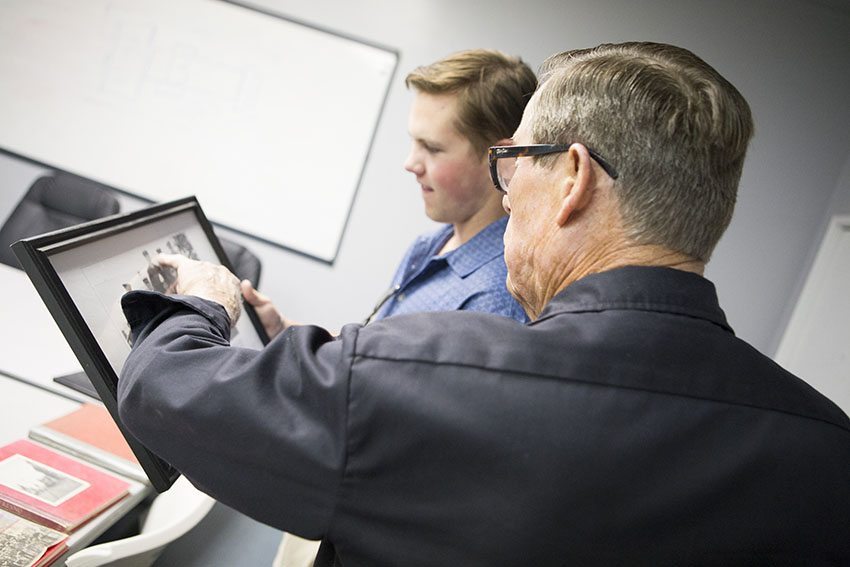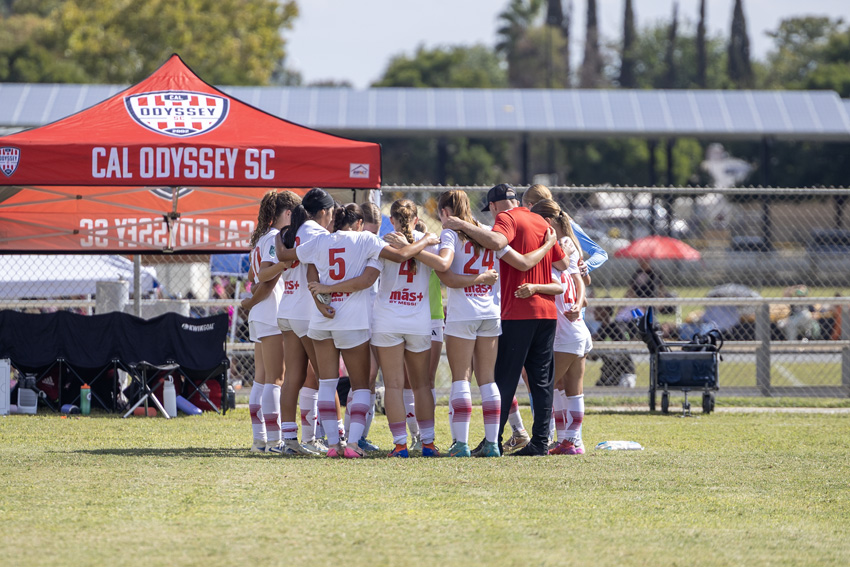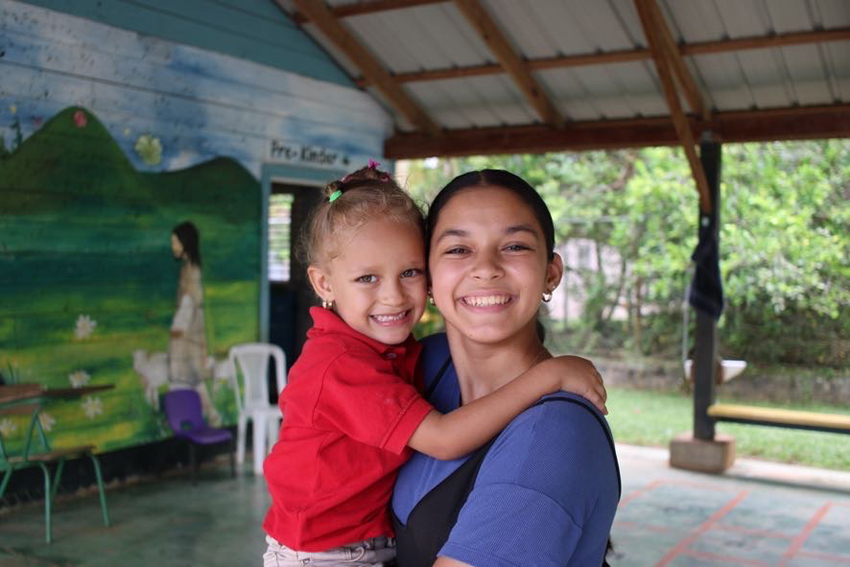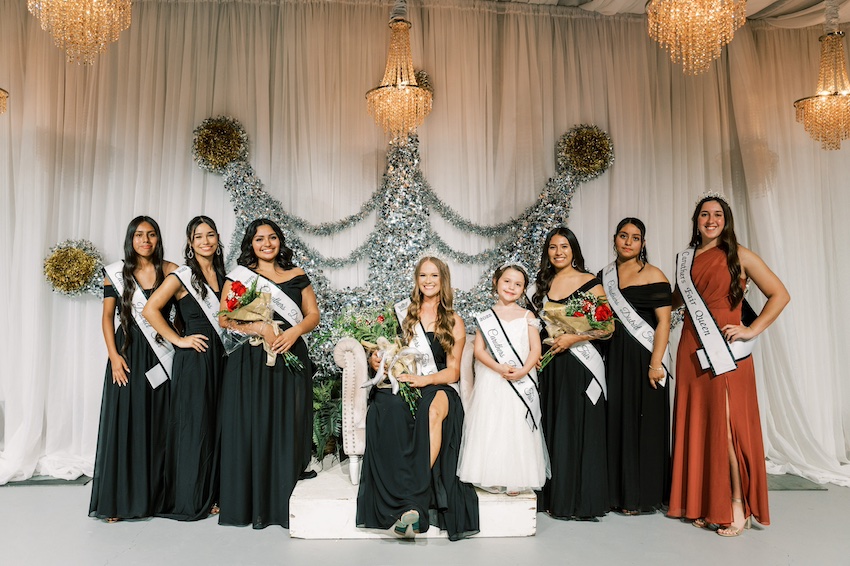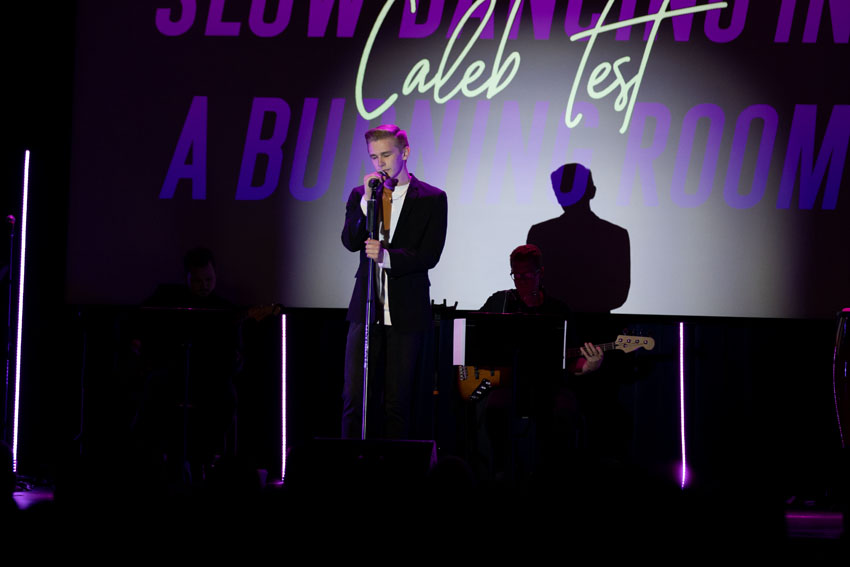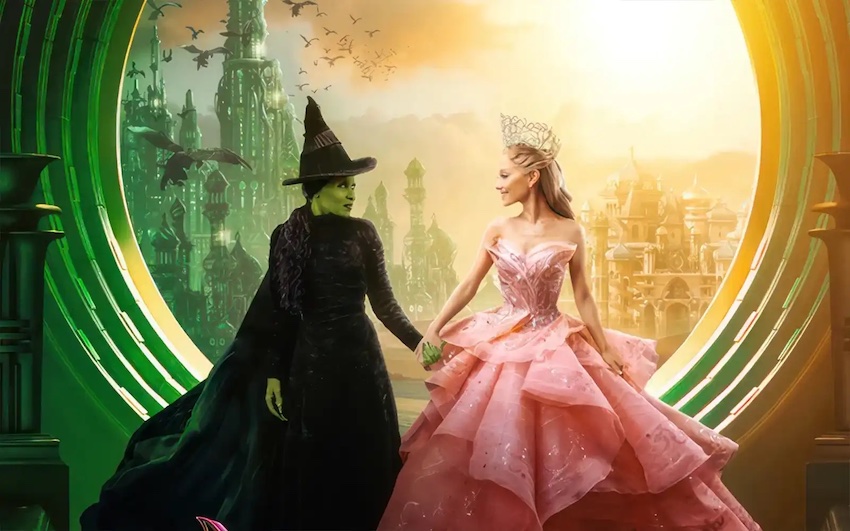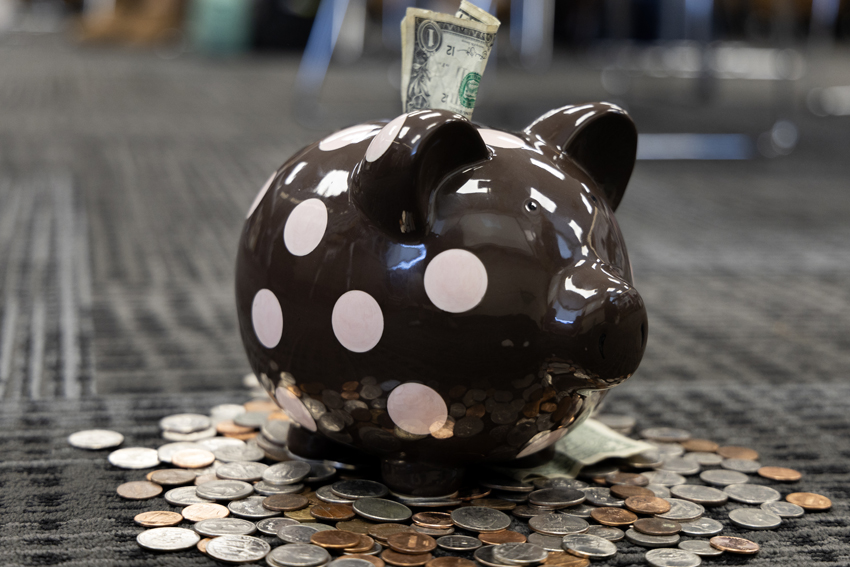
The Fresno Fire Department, known for its continued community support would not have nearly as much public attention if it were not for the past efforts of men similar to Bill Phillips. Phillips, former Fresno firefighter, has taken on many tasks in his lifetime to help support the Fresno Fire Department.
Phillips, at the age of 85, has been a part of one of the greatest technologically innovative periods in fire fighting history. Over the course of his 36 year career, Phillips encountered nearly every fire fighting situation possible, from brush to electrical fires.
Though he is highly respected for his valiant undertakings throughout his career, Phillips most recognized accomplishments were his efforts to preserve the rich history of the Fresno Fire Departments and other nearby departments. From old photographs to the restoration of decommissioned fire engines, Phillips has developed a passion for the preservation of local artifacts.
In conjunction with Phillips fire service he is also a veteran of the Korean War. Upon his return from the battlefield, he went to work at Hammer Field, now known as Fresno Air Terminal. At the air field Phillips worked on and repaired battle damaged aircraft.
In 1955, Hammer field closed down, leaving 3,000 employees, including Phillips, without a job. Desperate for work, Phillips signed up to take a test administered by the fire department. Out of 3,000 applicants who took the test only the top ten highest scores were accepted; Phillips finished 9th. 1955 marked the beginning of Phillips fire fighting career.
“The first fire that I ever responded to was a car fire in Fresno,” Phillips said. “I was stationed at San Pablo and Divisadero, I spent a full year there and enjoyed every second of it.”
Phillips explained the differences in procedures at the beginning of his career compared to the end. In the early days of his career, two fire rigs were required in order to fully extinguish a fire. A pumper and a hose wagon were the optimum rigs.
The response time of the Fresno Fire Department in 1955 varied according to the location of the call.
“We were required to be completely dressed and ready in 60 seconds,” Phillips said. “It didn’t matter if we were asleep, in the shower, or using the restroom we had to get ready real quick. The city was a lot smaller when I was working, the rigs weren’t quite as fast, but we still made it to the scene quickly because of our close proximity.”
Ever since the tragedy of 9/11, the brotherly bond among firefighters has become much more evident. Phillips explained how he has witnessed this “unbreakable” bond with his own eyes.
“Firefighters, no matter what station, city, state or sometimes even country, are like a brotherhood,” Phillips said. “Just look at the recent tragedy with Captain (Pete) Dern, there are fire stations in other countries with posters promoting his recovery. There was once this man on this job named Harvey. He became paralyzed, so the firefighters signed up to take his shifts so that his family could continue to receive financial support. They worked for that man for one whole year, for no compensation at all, until they convinced to police department to hire him for a desk job. This is just one of many examples where I have witnessed this seemingly unbreakable bond that connects us firefighters.”
Phillips first efforts to preserve local history began when he was on a fire call one-quarter mile away from the fire station. He explained how this specific fire would give him the opportunity to save thousands of photographs.
“We could see the fire from the fire station just West of us,” Phillips said. “When we got there we saw that it was a huge, beautiful home that had gone up in flames. We attacked the fire, put it out and then began our overhaul, which involves opening up walls, ceilings and other parts of the house to check for fire extensions.
“It was during overhaul that we realized that the house was the former residence of world famous photographer, Claude Laval, who had already passed on. We discovered a full basement under that house which served as Laval’s laboratory. I took on the responsibility of salvaging all the negatives that survived the fire and called some people to help that owed me, including the curator of Kearney Mansion and two other firefighters. We stored the photos in a huge warehouse until years later, Mr. Edwin M. Eaton, who started Guarantee Savings and Loans, took many of the pictures out and printed a book called Vintage Fresno.”
Phillips was later award by both the Fresno Fire Department and the Laval family for the good deeds he had done for the city and efforts to preserve its history.
Since then, Phillips has taken on many other responsibilities, chiefly the restoration and preservation of Fresno Fire Department relics. Phillips began his restorative hobby when he was young and learned of old equipment that was set to be sold for scrap.
The city sold Phillips a 1917 seagraves pumper in 1959 and his restorative career began.
[media-credit id=176 align=”alignleft” width=”283″] [/media-credit]
[/media-credit]
“I fired it up in front the shop at E street and Fresno street and drove it all the way home.” Phillips said. “She drove just fine all the way to my house and when I got home I parked her on my patio. The process of restoring a rig is different for every person, but I began by disassembling the rig down to the frame and sand blasting all the worn paint off. With the help of some people that I knew in town I painted the rig, placed the seats in her then learned how to do gold leafing, I did it all myself and I think I did a pretty good job.”

